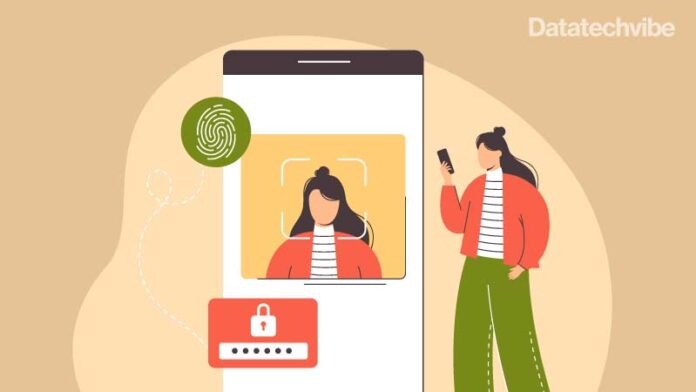VU Inc., a cybersecurity company with more than 350 million users worldwide, became one of the first global vendors specialised in identity verification to integrate Microsoft Entra Verified ID.
Microsoft Entra Verified ID is a decentralised identity system based on open standards that allow the user to onboard once and then reuse verifiable credentials in every place where it is needed (verify once). By expanding implementations of Microsoft’s identity platform, VU gives individuals and organisations more control over their sensitive information and provides applications, devices and service providers with a higher degree of trust and security.
“We are used to talking about user permissions and access controls. This new technological implementation allows users to accept or reject attributes that could later be related to our personal and, thanks to Microsoft Entra Verified ID, to a single digital identity. It is a paradigm shift in terms of privacy, confidentiality and management of our online digital assets,” says Sebastian Stranieri, founder and CEO of VU, four times are chosen Partner of the Year by Microsoft (2019, 2020, 2021 and 2022) and one of the only companies in Latin America working alongside Microsoft in Entra Verified ID.
Sue Bohn, vice president, Identity and Network Access division at Microsoft, says: “Privacy is key to any cybersecurity strategy. Entra Verified ID introduces a new paradigm in security because it enables individuals to own and control their digital identities and decide what they share and with whom, whether they are banks, universities, governments, or organisations.”
Microsoft Entra Verified ID integrates the VU Identity Card product, a technology that creates secure and frictionless digital experiences. With flexible and simple processes on any device that focus on the user and security without impacting the business, it improves onboarding, authentication and biometric verification scenarios across the entire digital lifecycle of citizens and businesses.









